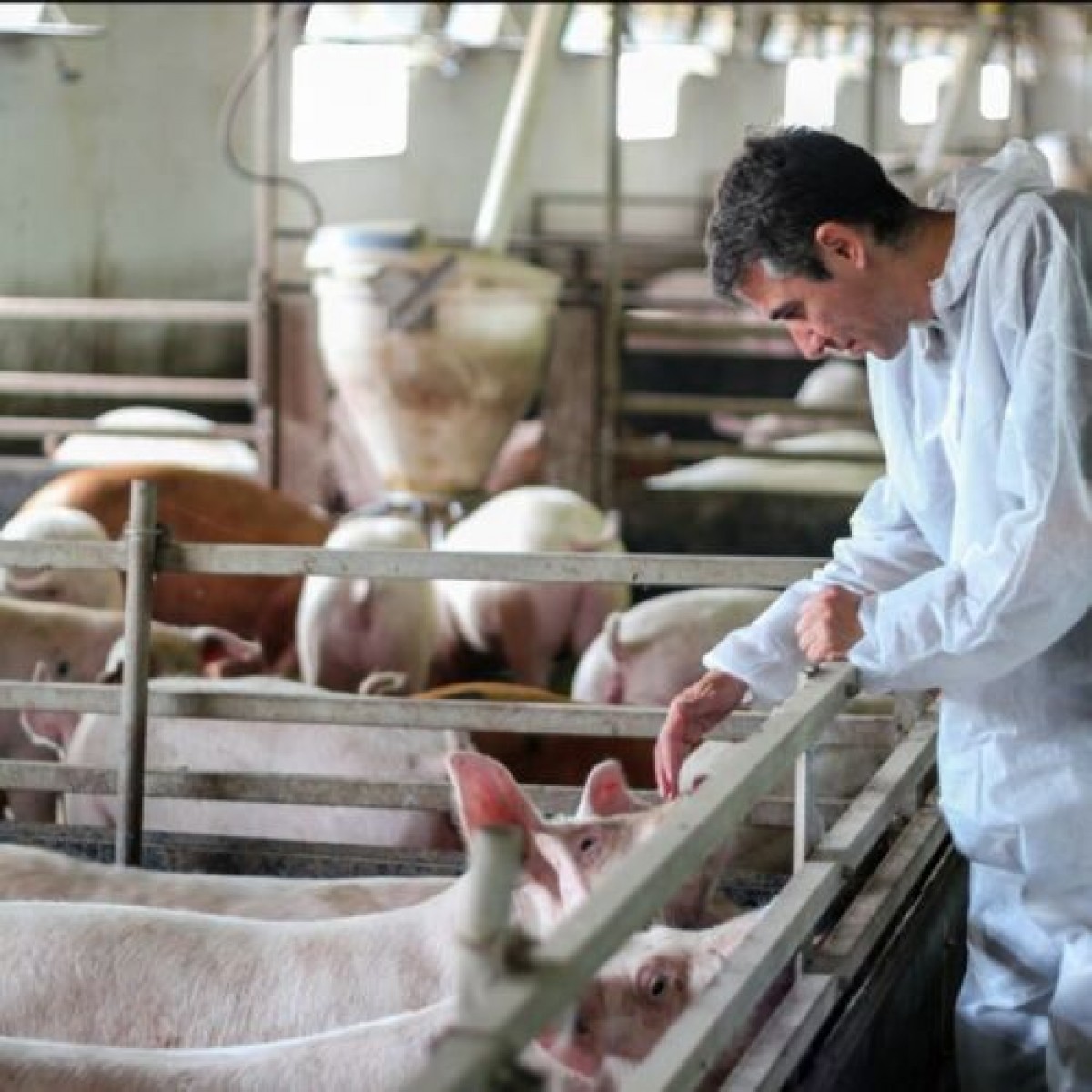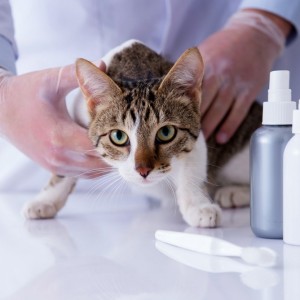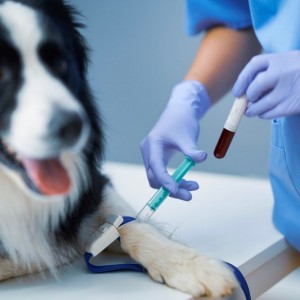They find the Achilles' heel of antibiotic-tolerant bacteria
According to the World Health Organization (WHO), antimicrobial resistance represents one of the three most significant health threats facing humanity in the coming decades. In 2018, the WHO Global Antimicrobial Surveillance System reported widespread multidrug-resistant bacteria in 2,164,568 people with suspected bacterial infections in 66 countries.
Also, among veterinary pathogens, particularly those associated with livestock and poultry production, the rate of antibiotic resistance has increased. Some of them, such as Salmonella enterica or Streptococcus suis, are important zoonotic pathogens; that is, they can infect animals and humans. Despite being a global problem, the development of new antibiotics is not economically attractive for the pharmaceutical industry due to their high cost and the inevitable appearance of antimicrobial resistance.
A recent international study opens the door to hope in the face of antibiotic resistance. The work is headed by Jesús Arenas, professor at the Faculty of Veterinary Medicine of the University of Zaragoza and researcher at the Aragón Agrifood Institute (IA2), and has been published by the prestigious scientific journal Virulence in its December issue. Six other researchers from different institutions such as the University of Utrecht, the Utrecht Hospital, the University of Oslo, and the Dutch company U-Protein Express BV have participated in the work.
Defense system against biofilms
Researchers have discovered a new defense system against biofilms, associations of pathogenic bacteria that adhere to tissues and create a tolerance to antibiotics, causing meningitis, gonorrhea, whooping cough or otitis in humans. In their study, they have found that the biofilms generated by this group of bacteria are susceptible to two proteins present in the serum of humans and animals. The finding could allow in the future the development of more adequate treatments to avoid infections that are difficult to treat with antibiotics and for which there are no vaccines.
During the last decades, there has been a significant increase in the number of clinical cases attributed to bacteria multiresistant to antibiotics in hospitals. Particularly problematic in this regard are major human pathogens, e.g., Klebsiella pneumonia and Pseudomonas aeruginosa, among others. Another example is Neisseria gonorrhoeae, which moves widely in the community and rapidly acquires resistance to antibiotics. Multiresistant bacteria are estimated to cause around 700,000 human deaths each year worldwide, with this number expected to exceed 10 million deaths by 2050.
Among the known mechanisms of resistance and tolerance to antibiotics, the production of biofilms, commonly known as biofilms, stands out: associations of bacteria forming communities that adhere strongly to the tissues of humans and animals. When bacteria manage to form biofilms, they greatly resist the immune system and acquire a high tolerance and resistance to antibiotics. In fact, 60% of bacterial infections are caused by biofilms, and this percentage increases to 80% of in-hospital infections that result in high mortality and morbidity.
In the serum of humans and animals
The recent work describes how the serum of humans and animals contains substances that prevent the formation of biofilms in bacteria that cause meningitis, gonorrhea, whooping cough, and otitis. Specifically, he discovered that the activity of serum resides in two proteins: kallikrein and plasmin. These proteins are proteases that participate in other known systems, but this activity was unknown. The work shows that the proteolytic activity of these proteins is responsible for the inhibition of biofilm formation by pathogenic bacteria. Specifically, kallikrein and plasmin cleave proteins are used by pathogenic bacteria to initiate biofilm formation.
“Possibly, it is the joint activity of several proteases that prevents the formation of biofilms,” comments Jesús Arenas. "In fact, we have evidence that there may be other proteins that also have similar activity and that have not been studied in this work, which is logical considering that bacterial pathogens use a wide variety of proteins to form biofilms and these proteases have specific activity.
However, the degradation of bacterial proteins does not affect the viability of bacteria, so the researchers conclude that they must work together with other systems such as humoral or cellular, which are ultimately responsible for eliminating bacteria. However, the latter has a lower activity when the bacteria have managed to form biofilms. Thus, both systems must work in coordination.
Finding from casual observation
The finding resulted from a casual observation in 2015, while Arenas was studying the behavior of meningococcus, the causal agent of meningitis, in cell lines at the University of Utrecht (Holland). As the serum is required for the cultivation of these lines, Arenas observed that when the bacteria grew in their presence, although they survived, they were not capable of forming biofilms.
This finding indicates the existence of a specific defense system against pathogenic biofilms is still unknown. Understanding this defense system opens new windows for treating diseases that are currently difficult to control, including several for which there are no vaccines or for which vaccination is not indicated. Suppose these bacteria need to form biofilms to be able to resist antibiotics and thus be able to cause disease. In that case, immunomodulators could be used to increase the production or activity of these proteins and/or to act in combination with antibiotics. However, these strategies should be investigated in the future.













List
Add
Please enter a comment